Text




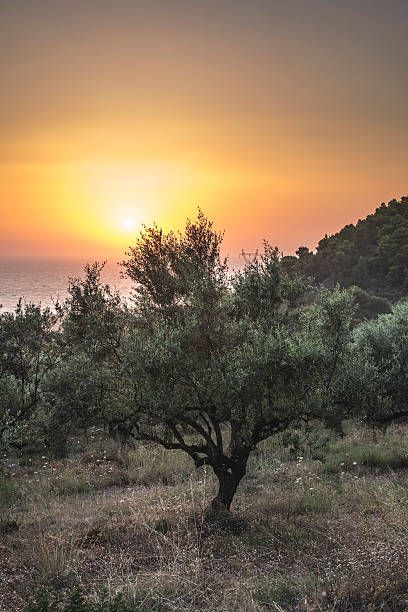
Λαμπετιη & Φαεθουσα
Lampetia and Phaethusa were the two nymph-daughters of the sun-god Helios, who pastured the sacred herds of their father on the mythical island of Thrinakie. Lampetia shepherded seven flocks of fifty sheep with a silver crock, while Phaethousa tended seven herds of fifty cattle with a copper staff.
Odysseus and his crew arrived at Thrinakie after passing Scylla and Charybdis. When his crew begged to be allowed to land to prepare supper, Odysseus grudgingly agrees on condition that the they swear that if they come upon a herd of cattle or a great flock of sheep, no one will kill any of them. Eurylochus though convinces the crew to drive off the best of the cattle of Helios and sacrifice them to the gods. Lampetia tells Helios that Odysseus' men have slain his cattle. In turn, Helios orders the gods to take vengeance on Odysseus' men. After they set sail again, Zeus kept his word and the ship is destroyed by lightning during a storm and all of his men die. Odysseus escapes by swimming to Calypso's island.
#lampetia#phaethusa#helios#cattle of helios#odysseus#nymphs#heliades#thrinacia#zeus#cattle#sun god#greek mythology#greek myths#greek goddess#mythology#hellenic gods#hellenic polytheistic#hellenism
169 notes
·
View notes
Text






Ἡλιος, Σεληνη & Ηως
Helios, Selene & Eos were the children of the Titans Hyperion and Theia. They were the Titan god and goddesses of the Sun, the Moon and the dawn, "who shine upon all that are on earth and upon the deathless gods who live in the wide heaven".
Eos is heralding the breaking of the new day and her brother's arrival. She is said to not only open the gates of heaven for the Sun to rise, but she would often accompany Helios as well on his daily swing across the skies. In the night Selene is driving her moon chariot across the heavens. While the sun chariot has four horses, Selene's usually has two, described as "snow-white".
#Helios#selene#eos#titans#theia#hyperion#titaness#sun#moon#dawn#hellenic#olympians#god#goddess#sky#night#sun god#moon goddess#greek myth#greek mythology#hellenism#pantheism
295 notes
·
View notes
Text

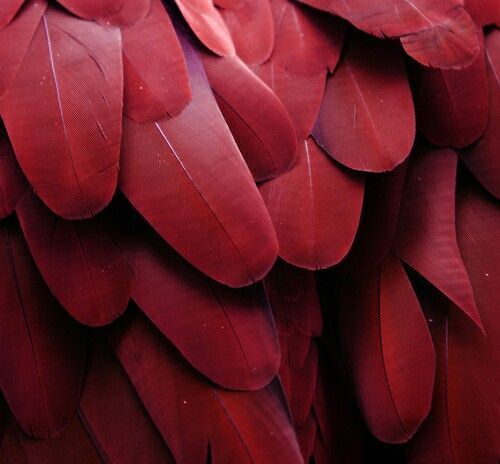
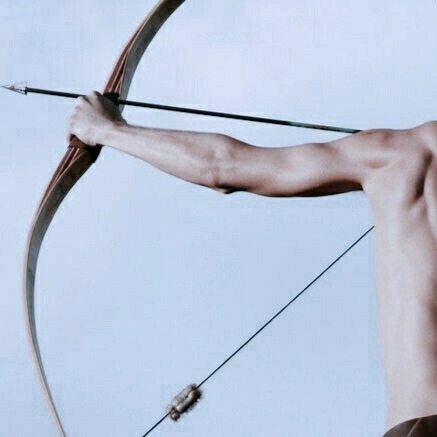
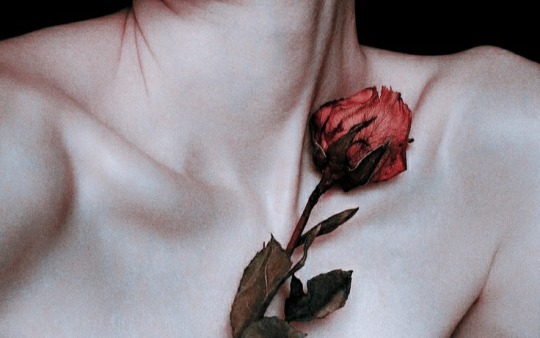

Ερως
Eros was the mischievous god of love, a minion and constant companion of the goddess Aphrodite. He was the one who lit the flame of love in the hearts of the gods and men, armed with either a bow and arrows or a flaming torch.
The poet Hesiod first represents him as a primordial deity who emerges self-born at the beginning of time to spur procreation. The same poet later describes two love-gods, Eros and Himeros (Desire), accompanying Aphrodite at the time of her birth from the sea-foam. In later accounts he is described as one of the children of Aphrodite and Ares and, with some of his siblings, was one of the Erotes, a group of winged love gods.
He married Psyche, goddess of the soul, and she becomes immortal to live alongside her husband. Together they had a daughter, Hedone, goddess of pleasure.
#greek mythology#greek#mythology#goddess#myth#greek myths#greek goddess#ancient greek#eros#aphrodite#love#psyche#cupid and psyche#cupid#greek god#greek gods#pleasure#hellenic polytheistic#hellenic#hellenic gods#hellenism
172 notes
·
View notes
Text



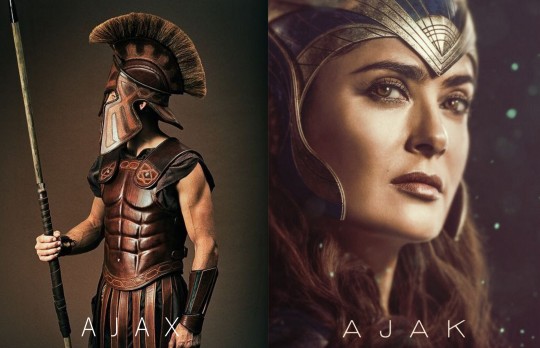

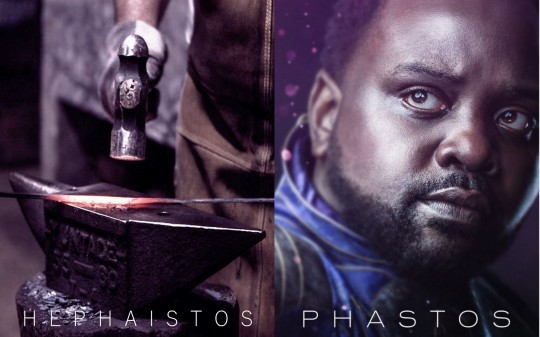
Eternals x Greek Mythology
#eternals#marvel eternals#eternals mcu#thena#makkari#kingo#gilgamesh#sprite#ajak#drukarri#druig#greek mythology#circe#ikarus#ikaros#athena#ajax#hermes#hephaestus#hephaistos#eternals movie#chloe zhao#ikaris#sersi
596 notes
·
View notes
Text
ETERNALS x GREEK MYTHOLOGY

Circe x Sersi
Circe was a goddess of sorcery who was especially skilled in the magic of transmutation and would transform her enemies, or those who offended her, into animals.
Sersi has similar powers, wielding the power of matter transmutation, changing the makeup of any non-sentient material she touches.

Ikaros x Ikaris
Ikaros was the son of Daedalus with whom he attempted to escape from Crete by means of wings that Daedalus constructed from feathers and wax. Icarus though flies too close to the sun, causing the wax in his wings to melt. He tumbles out of the sky, falls into the sea, and drowns.
Ikaris is the only one of the Eternals with the ability of flight and he is able to project powerful cosmic energy beams from his eyes (which is rather unrelated to Ikaros). He also died by flying into the sun which is quiet similar to the way Ikaros died.

Athena x Thena
Athena was the goddess of wisdom and war and was regarded as the patron and protectress of various cities across Greece, particularly the city of Athens.
Thena wields the power to manifest any handheld weapon she can imagine with pure cosmic energy. Like Athena her weapons of choice are most of the time a spear and a shield. She is even referred to as 'goddess of war' by her teammates since in this universe the greek goddess Athena is based on her.
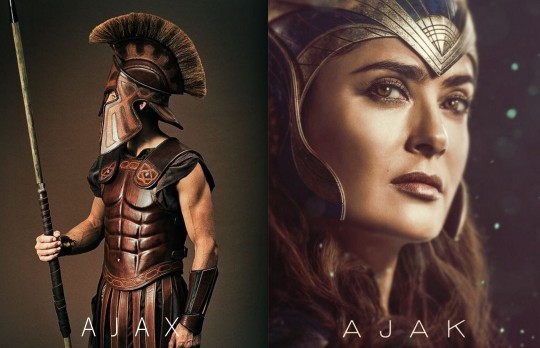
Ajax x Ajak
Ajax was a great hero, who plays an important role in the Trojan war and is portrayed as a towering figure and a warrior of great courage in Homer's Iliad .
Ajak has, besides being a leader, not much in common with the Greek Ajax (in the comics on the other hand, where she is potrayed as a male, it is stated that she/he fought in the Trojan war). She was able to use her cosmic energy to heal humans and Eternals alike from injuries and illnesses.

Hermes x Makkari
Hermes is considered the herald of the gods and able to move quickly and freely between the worlds of the mortal and the divine, aided by his winged sandals.
Makarri uses her cosmically powered super-speed to scout planets for the Eternals, and as the only Deaf Eternal, the sonic boom that accompanies her cosmic running does not affect her. In the comics she is sometimes referred to as Mercury, the Roman version of Hermes.

Hephaistos x Phastos
Hephaistos was the god of fire, smiths, craftsmen and metalworking. He made all the weapons and armour of the gods in Olympus and served as their blacksmith.
Phastos is a technopath, able to create any invention or weapon, powered by cosmic energy. He is often seen as the blacksmith and weapons-maker of the Eternals.
#eternals#marvel eternals#eternals mcu#ikaris#sersi#thena#makkari#kingo#gilgamesh#sprite#phastos#ajak#druig#greek mythology#circe#ikaros#athena#ajax#hermes#hephaistos#eternals movie#chloe zhao
4K notes
·
View notes
Text

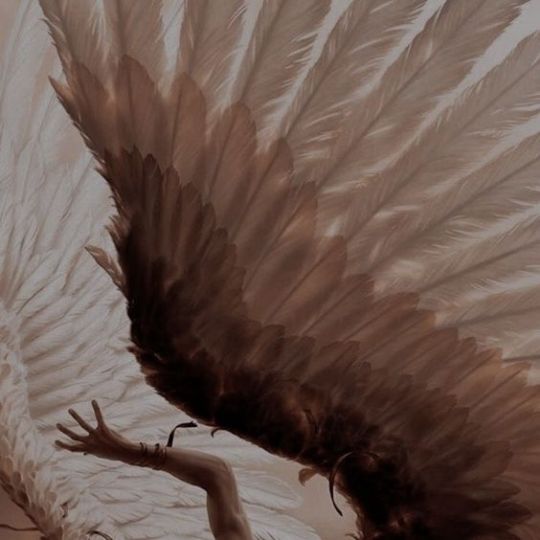


Ἴκαρος
Ikaros was the son of the master craftsman Daedalus, the creator of the Labyrinth of King Minos. Ikaros and Daedalus attempt to escape from Crete so Daedalus fashioned two pairs of wings out of wax and feathers for himself and his son. Before trying to escape the island, he warned his son not to fly too close to the sun, nor too close to the sea, but to follow his path of flight. Icarus ignores Daedalus’s instructions not to fly too close to the sun, causing the wax in his wings to melt. He tumbles out of the sky, falls into the sea, and drowns. Daedalus wept for his son and called the nearest land Icaria in memory of him.
#icarus#ikaros#daedalus#minos#crete#labyrinth#king minos#greek myths#greek mythology#wings#wax#mythology#hellenism#greek#greek gods
609 notes
·
View notes
Text





Λαμπετιη & Φαεθουσα
Lampetia and Phaethusa were the two nymph-daughters of the sun-god Helios, who pastured the sacred herds of their father on the mythical island of Thrinakie. Lampetia shepherded seven flocks of fifty sheep with a silver crock, while Phaethousa tended seven herds of fifty cattle with a copper staff.
Odysseus and his crew arrived at Thrinakie after passing Scylla and Charybdis. When his crew begged to be allowed to land to prepare supper, Odysseus grudgingly agrees on condition that the they swear that if they come upon a herd of cattle or a great flock of sheep, no one will kill any of them. Eurylochus though convinces the crew to drive off the best of the cattle of Helios and sacrifice them to the gods. Lampetia tells Helios that Odysseus' men have slain his cattle. In turn, Helios orders the gods to take vengeance on Odysseus' men. After they set sail again, Zeus kept his word and the ship is destroyed by lightning during a storm and all of his men die. Odysseus escapes by swimming to Calypso's island.
#lampetia#phaethusa#helios#cattle of helios#odysseus#nymphs#heliades#thrinacia#zeus#cattle#sun god#greek mythology#greek myths#greek goddess#mythology#hellenic gods#hellenic polytheistic#hellenism
169 notes
·
View notes
Text
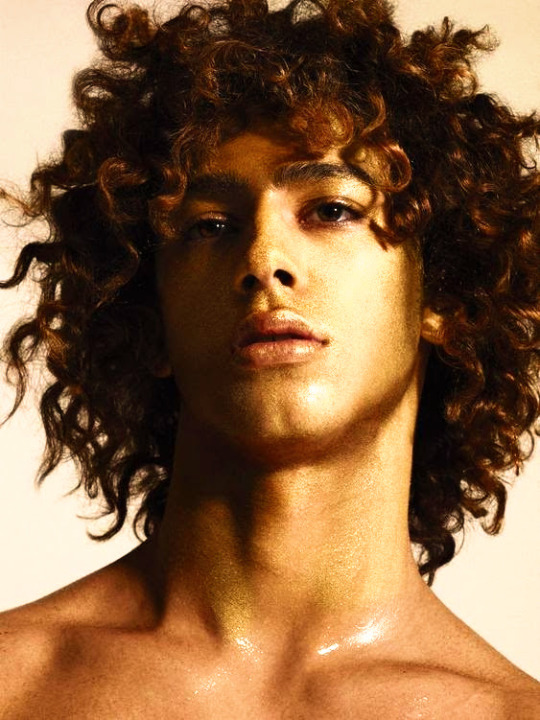
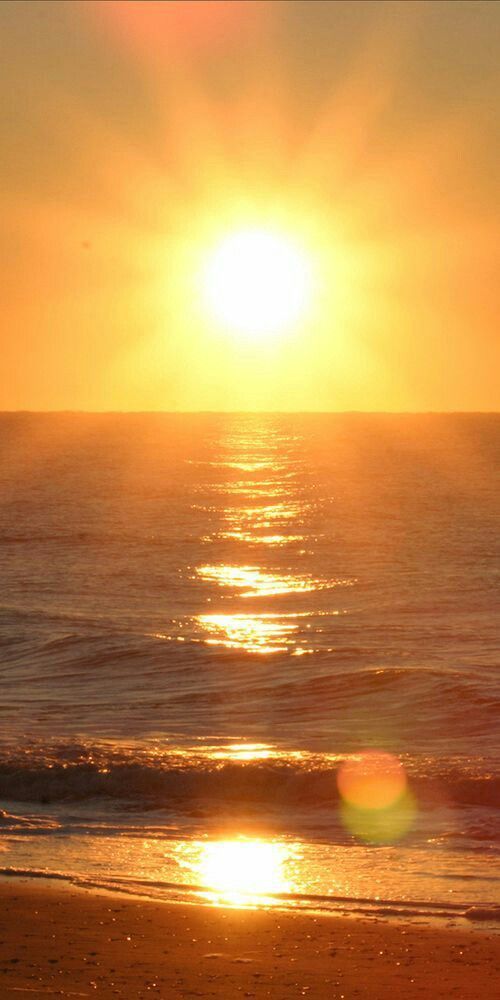
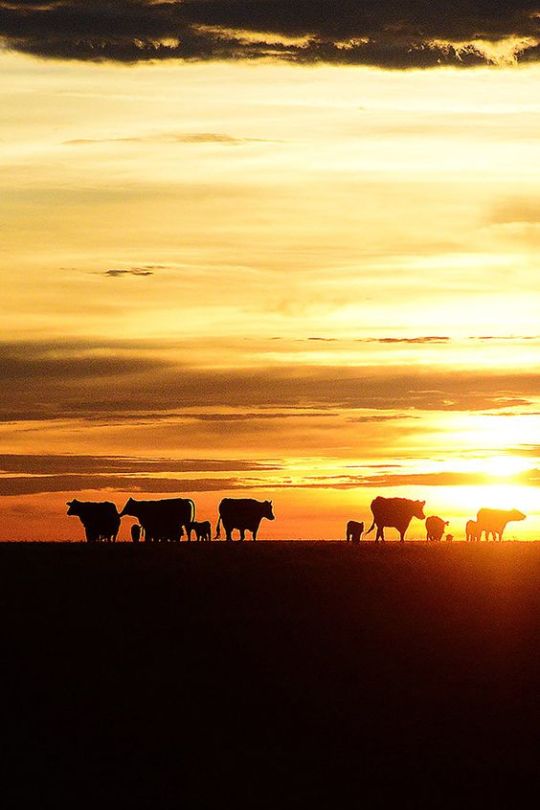


Ἡλιος
Helios was the Titan god of the sun, a guardian of oaths, and the god of sight. He dwelt in a golden palace in the River Okeanos at the far ends of the earth from which he emerged each dawn, crowned with the aureole of the sun, driving a chariot drawn by four winged horses. When he reached the the land of the Hesperides in the far West he descended into a golden cup which bore him through the northern streams of Okeanos back to his rising place in the East.
Helios was depicted as a handsome, usually beardless, man clothed in purple robes and crowned with the shining aureole of the sun.
His parents were the Titans Hyperion and Theia, who also bore his siblings Selene (Moon) and Eos (Dawn).
The Cattle of Helios, also called the Oxen of the Sun, were immortal cattle pastured on the island of Thrinacia, who were guarded by Helios’ daughters, Phaethusa and Lampetia.
#helios#sun god#hellenic#hellenic polytheistic#greek myth aesthetic#greek god#greek mythology#oath#sight#selene#hyperion#theia#eos#cattle of helios
364 notes
·
View notes
Text

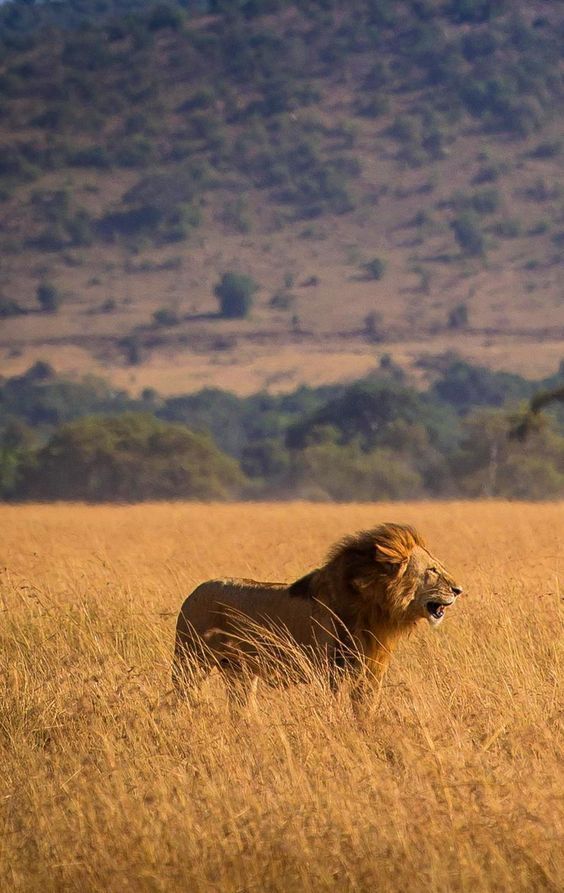


Κυρηνη
Kyrene was a Thessalian princess, the daughter of King Hypseus of the Lapiths. She was a famed huntress who guarded her father's herds on Mount Pelion, slaying wild beasts with javelin and sword. One day, when she was wrestling a lion, the god Apollon spied her and was inflamed with love. He carried her off to the Hill of Myrtles in Libya where she bore him a son named Aristaios. The boy was placed in the care of the wise Kentauros Chiron and became a demi-god of beekeeping and other rustic pursuits. After she gave birth to their son, Apollo transformed her into a nymph, so that she could have a long life and keep hunting as much as she desired.
#kyrene#cyrene#lybia#thessalia#apollon#lion#aristaios#hunter#greek mythology#hellenic polytheistic#hellenic#greek myths#greek#ancient greece
200 notes
·
View notes
Photo





Ιανθη
Ianthe was the Okeanis of “violet flowers” or the colour “violet”. She may have been a Nephele (cloud-nymph) of the violet tinged clouds of dawn, or an Anthousa (flower-nymph) of violets.
#Ianthe#hellenic gods#Greek mythology#Greek myths#oceanid#violet#nymph#hellenic polytheism#hellenism
199 notes
·
View notes
Photo



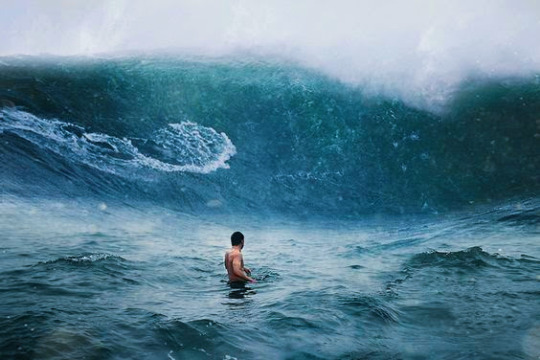
Ποντος
Pontos was the primordial god of the sea. He was the sea itself, not merely its resident deity, who was born from earth at the dawn of creation.
Pontos and Gaia were parents of the ancient sea gods Nereus, Keto, Phorkys, Thaumas and Eurybia. By Thalassa, his watery female counterpart, he was the father of fish and other sea creatures.
Poseidon, king of the sea, wed Pontos’ eldest granddaughter Amphitrite.
#pontus#pontos#sea#ocean#primordial god#god of the sea#gaia#okeanos#nereus#keto#phorkys#thaumas#eurybia#thalassa#fish#poseidon#amphitrite#greek mythology#greek myths#mythology#hellenic gods#hellenic polytheistic#hellenic#greek god
317 notes
·
View notes
Text





Κυμοπολεια
Kymopoleia was a sea-nymph daughter of the god Poseidon and his wife Amphitrite and the wife of the hundred-handed, storm-giant Briareos. She was the goddess of the violent storm waves generated by her husband.
#kymopoleia#nymph#poseidon#amphitrite#briareos#storm#waves#ocean#sea#goddess#sea goddess#myth#greek myths#hellenic#hellenic polytheistic#greek mythology#greek gods#greek goddess
178 notes
·
View notes
Text

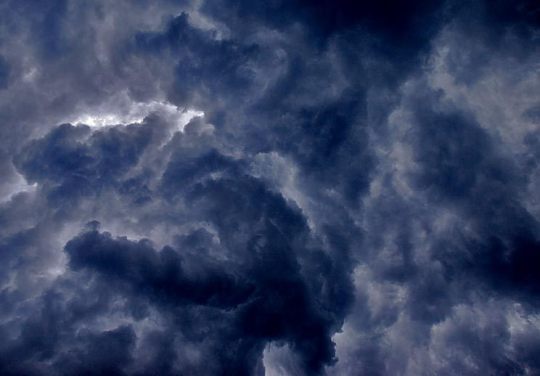

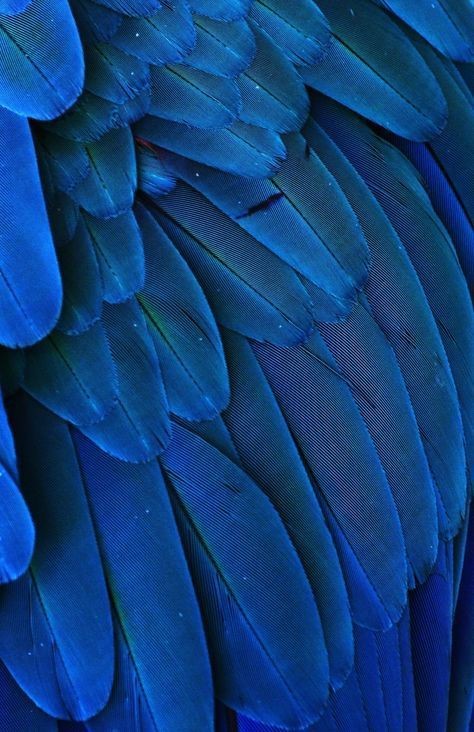

Αστραπη
Astrape was the goddess and personification of lightning. She and Bronte, the twin goddesses of Lightning and Thunder, served Zeus as his shield bearers. Astrape stands besides the throne of Zeus carrying his thunderbolts.
#astrape#goddess of lightning#goddess#greek mythology#ancient greek#greek myths#hellenic#greek#mythology#myth#lightning#thunder#bronte#Zeus
343 notes
·
View notes
Photo
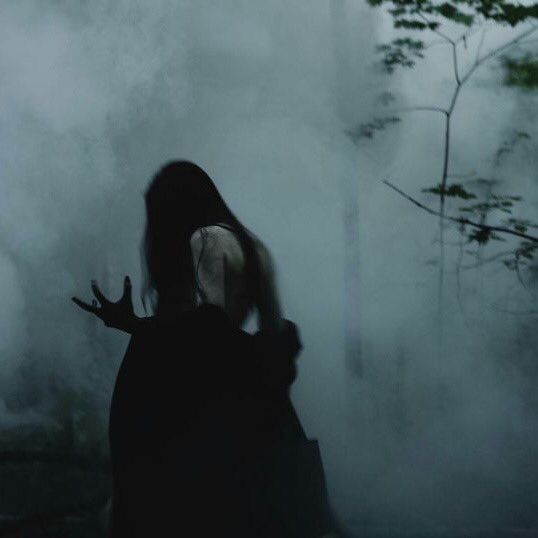


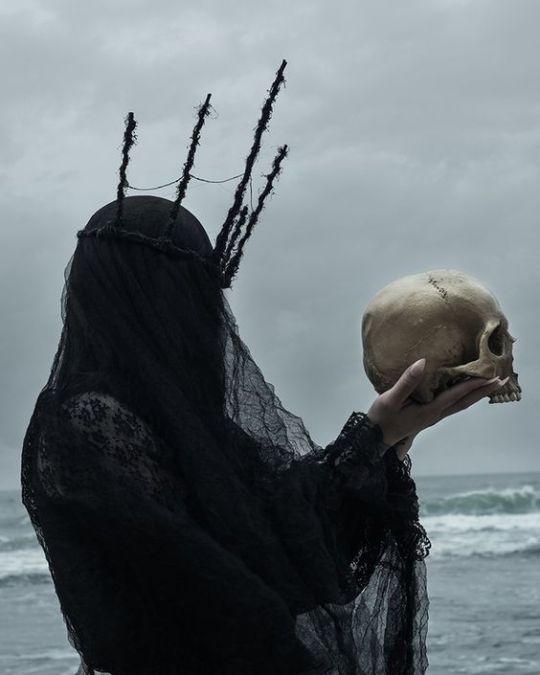

Ἀχλύς
Achlys was the personified spirit of the death-mist – the clouding of the eyes preceding death. She may also have been the goddess of deadly poisons. Akhlys was sometimes numbered amongst the Keres.
She is one of the figures depicted on Heracles' shield, perhaps also representing the personification of sorrow and grief.
#achlys#heracles#death mist#tartaros#poison#goddess#sorrow#grief#Greek Mythology#greek myths#ancient greek#hellenic#hellenic polytheistic
322 notes
·
View notes
Photo


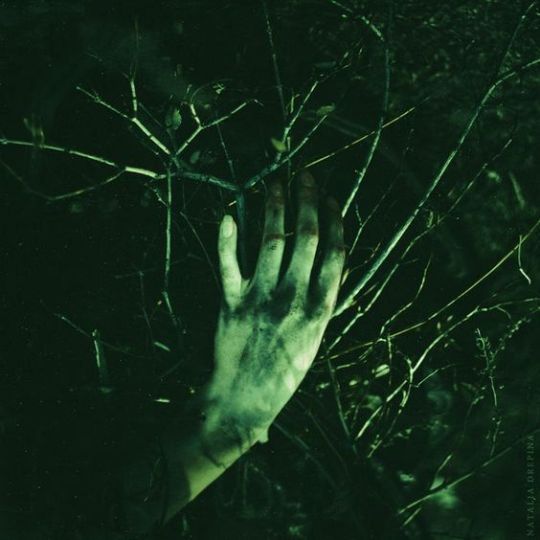

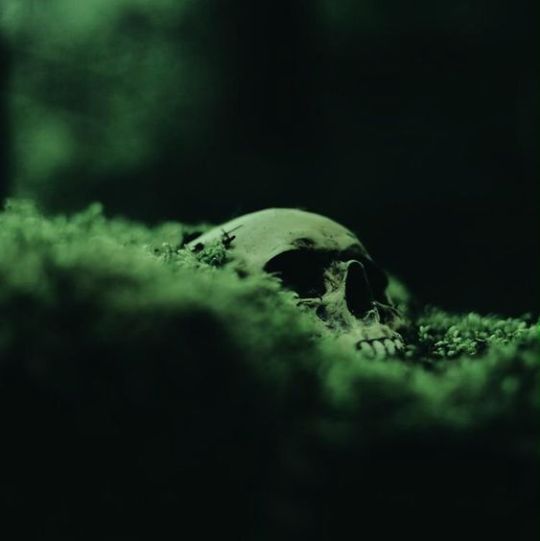
Νοσοι
The Nosoi were the personified spirits of plague, sickness and disease. They were numbered amongst the evil spirits which escaped from Pandora's jar. In most Homeric literature, however, the arrows of Apollon and Artemis were the bringers of plague and sickness rather than bands of daimones.
#nosoi#plague#sickness#disease#pandora#ancient greek#Greek Mythology#greek myth#greek gods#spirits#daimones#apollo
268 notes
·
View notes
Photo



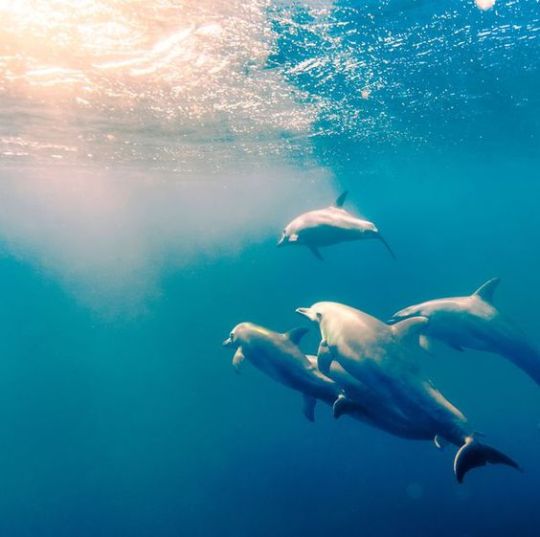

Αμφιτριτη
Amphitrite was the goddess-queen of the sea, wife of Poseidon, and eldest of the fifty Nereides. She was the female personification of the sea and mother of fish, seals and dolphins.
When Poseidon first sought Amphitrite's hand in marriage, she fled his advances, and hid herself away near Atlas in the Ocean stream at the far ends of the earth. The dolphin-god Delphin eventually tracked her down and persuaded her to return to wed the sea-king.
Amphitrite was depicted as a young woman usually riding beside her husband in a chariot drawn by fish-tailed horses or hippocamps.
#amphitrite#poseidon#triton#sea goddess#nereid#sea#doplhins#seals#fish#ocean#goddess of the sea#Greek Mythology#greek myths#hellenic gods
396 notes
·
View notes
Photo
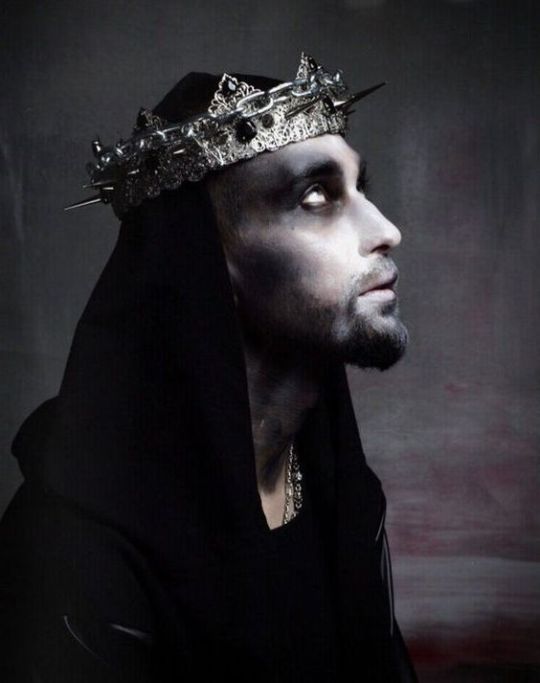
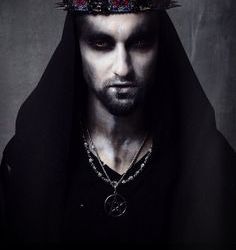
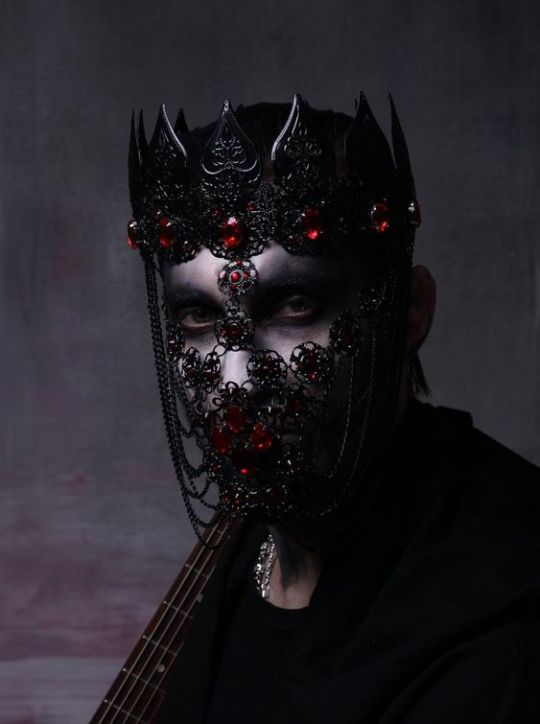


Ραδαμανθυς, Μινως & Αιακος
Rhadamanthys, Minos and Aiakos were the judges of the dead, three demi-god ministers of Haides. They were originally mortal men, sons of the god Zeus, who were granted their station in death as a reward for establishing law and order on earth. Individually, Aiakos was guardian of the keys of Haides and judge of the men of Europe, Rhadamanthys the lord of Elysium and judge of the men of Asia, and Minos the judge of the third and final vote.
#rhadamanthys#minos#aiak#judges#tribuna#death#judges of the dead#hades#underworld#judge#Greek Mythology#greek myths#hellenic
259 notes
·
View notes